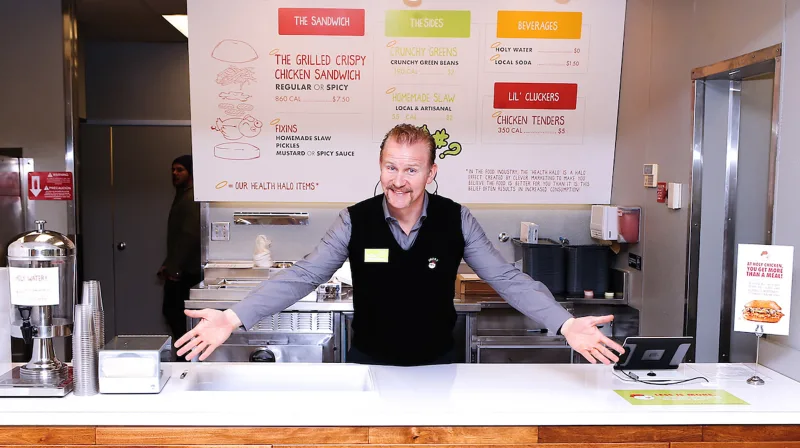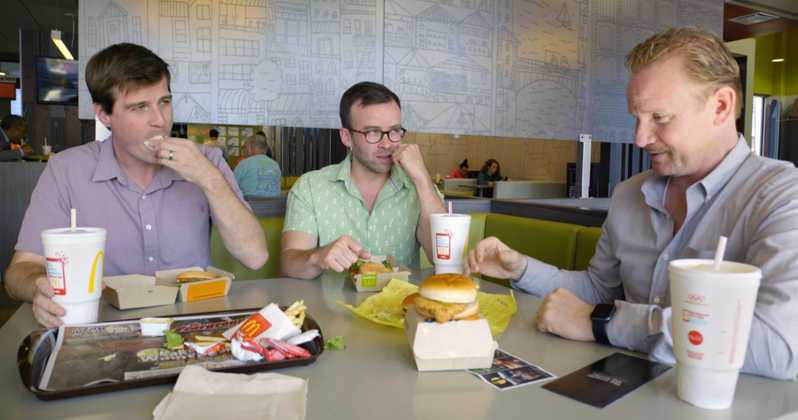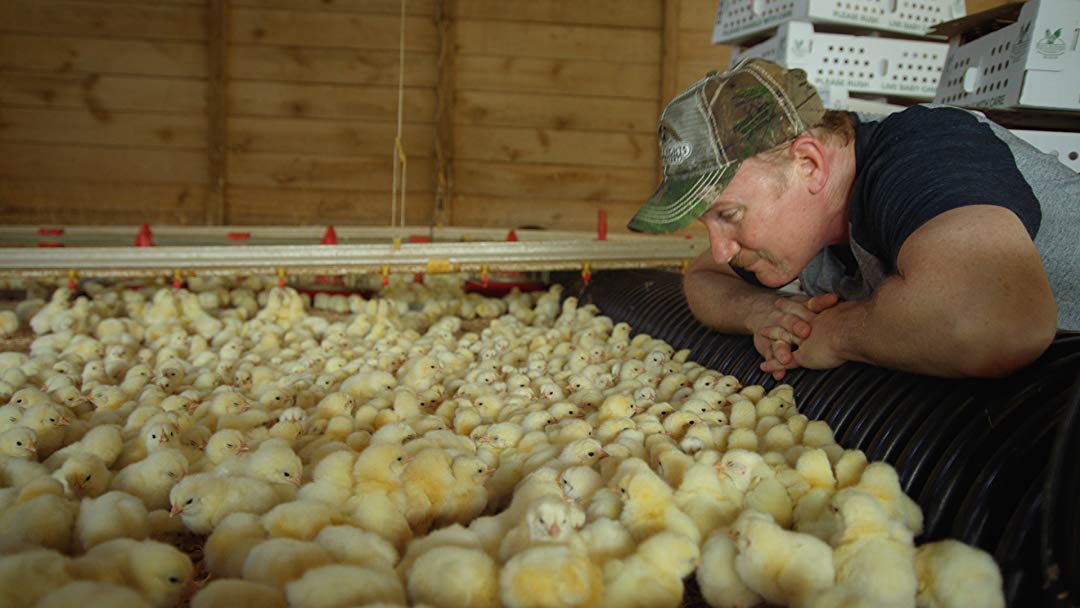
When Morgan Spurlock made his documentary Super Size Me in 2004, he wanted to show how unhealthy eating at McDonald’s was. He only ate at McDonald’s for a month, always had to answer affirmatively when asked if he wanted to “supersize” and showed what these meals did to his physical and mental health. With his entertaining way of presenting, he was able to make a film that had an impact (and for which he also received an Oscar nomination), as a result of which certain chains seemed to add healthier options to their range. With this sequel, Spurlock wants to investigate whether fast food chains have really become healthier. He does this by opening a fast food restaurant himself.

As a viewer, you immediately wonder how Spurlock can show that it has all become healthier by opening a fast food restaurant. Nevertheless, he succeeds in providing insight into what he has to do to set up such a restaurant. He makes clear to the viewer how these fast food restaurants work on their image. By simply using certain colors or (if you look at it) meaningless terms in their brochures or on their walls, they can already radiate a healthier image, without changing the products themselves. The consumer simply has the idea that it looks healthier because that’s what the restaurant makes you think by the way it has been designed. Spurlock works with marketeers to come up with a name for his restaurant, what he wants to sell and what it should taste like. And as the title makes clear, it will be a restaurant where chicken is sold. Spurlock wants to buy and feed the chickens itself, but soon realizes that a small number of large companies dominate the US market and it is very difficult to get chickens. After a lot of searching he finally manages to purchase them and is able to find a farmer who makes a stable available for him to grow the chicks.

It is this part of the documentary that stands out, because it makes clear that farmers are put under pressure by large companies and even seem to get a pay cut if something happens that does not suit the big corporations. In addition, in America the definition of what you can say about your product are also not very strict. “Free range” may already be used, for example, if the chickens have the option to take a step outside a barn. It is not important that they never do that because the chickens grow so fast that they can hardly walk and sometimes even die of heart attacks due to their weight. Despite the serious moments, this remains a documentary in which you also see the typical Spurlock humor. The film feels light while it also conveys a clear message. The impact may not be as great as compared to his original film due to a different approach, but Spurlock delivers another fascinating documentary.
[score8]

I’ve been curious to see this. It would be tough to mirror the success of the first film but it sounds intriguing.
Yeah it is, but this one is still worth watching.